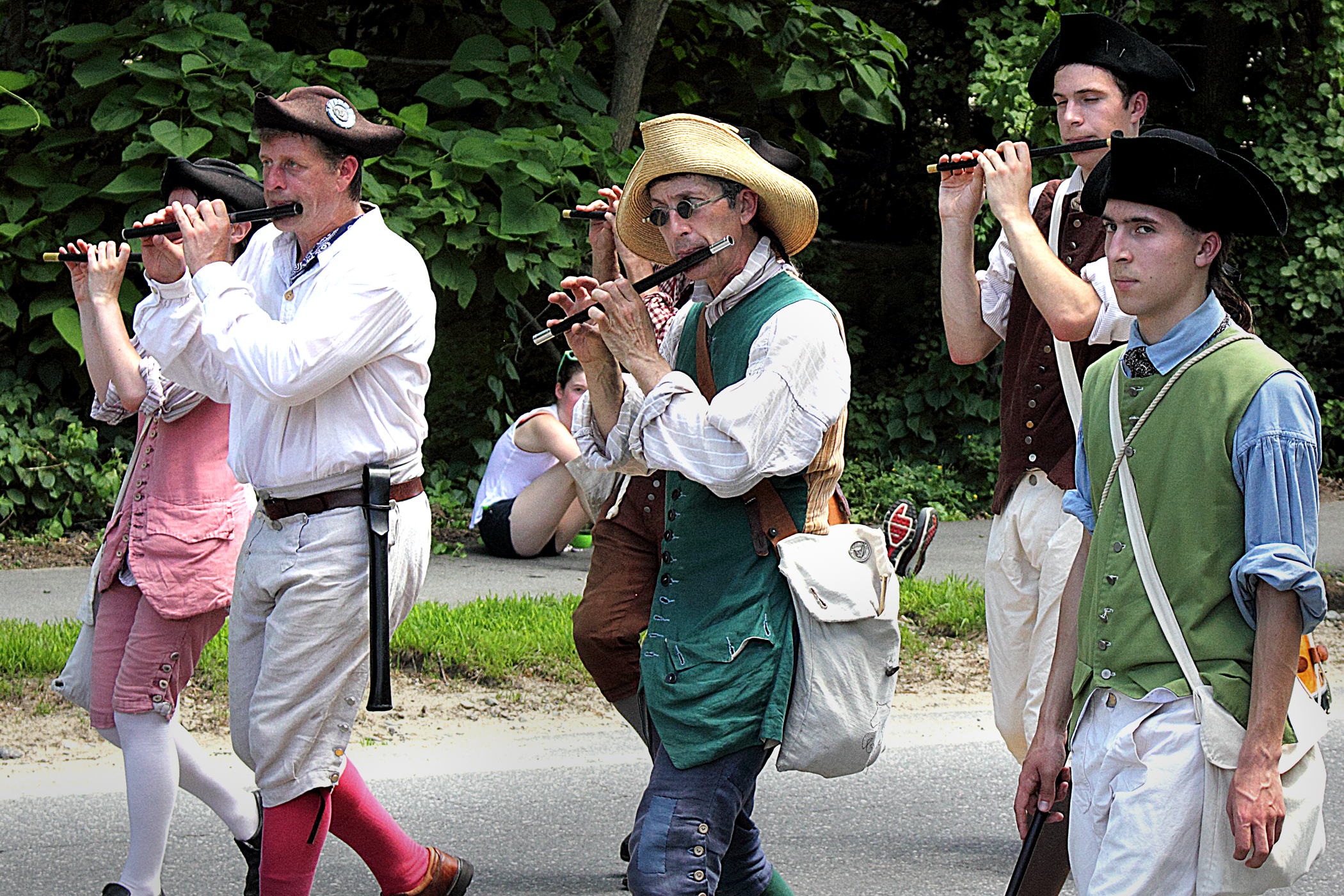We have spoken about how photographs enable us to transcend time and to get a look at the past – to become intimate with the past. In a science fiction sense, the photograph creates a “time warp.” But this too may be totally contrived. People may choose to create a time warp, and this can be done in a variety of ways.
I was thinking about this idea today as I was looking at the portfolios by Jennifer Greenburg: “The Rockabillies” and “Revising History.” In “The Rockabillies” Ms. Greenburg photographs the lives of the Rockabilly culture. These individuals try to live as closely as possible in the style of the 1950’s and 1960’s when Rockabilly music was king. In “Revising History” Ms. Greenburg cleverly takes snapshots from the period and superimposes her own head in the images.
The Rockabilly culture is reminiscent of M. Night Shyamalan ‘s 2004 film “The Village.” In the movie a group of people become so disgusted with the violent era we live in that they set up a compound where they can live a cultish and simpler life, perhaps at the end of the nineteenth century. They have psychologically transported themselves in time. In both cases the subjects have chosen to place themselves in a kind of time warp.
Arguably there are a number of religious groups, the Amish and Hasidim come to mind, who attempt to do the same thing. The modern times around them become a necessary annoyance. And don’t we find it quaint and exotic to photograph these cultures. Indeed the whole genre of “vanishing peoples” photography fall into this category.
But there are other, perhaps less extreme, examples of photographic subjects time warping themselves. There are the reenactorsand there are a multitude of examples: revolutionary war reenactors, civil war reenactors, the Society for Creative Antiquities, the Renaissance Fair people. And in all cases we love to photograph them. These people have made time warping an act of love and they play the important role of connecting us with our past – of teaching us about our past.
In this category also falls the photo salons at tourist sites where you can have your picture taken in appropriate period gown. And significantly also are the modern day photographers who keep alive the difficult photographic processes, such daguerreotype and wet colloidan in many cases choosing subjects fit for the period when these processes were dominant.
We recognize in all of this the desire to play act. If we go back to Julia Margaret Cameron, for instance, we see a form of photography where the photographer set up elaborate sets and costumed characters to portray an earlier time, real or imagined. Fortunately, there are still some few photographer who are willing to put in the time and effort to still practice this art.
When the reenactment is from literature or mythology, we might be inclined to argue that it is somehow defective and unreal. However, if I may be allowed to return to the context of parallel universes, what the artist/photographer is doing is creating a new parallel universe. And therein lays the glory!


Hello David,
I wholeheartedly agree with your description of the creation of voluntary time-warps as microcosmic parallel universes. The remarkable thing is that these wrinkles in time (to steal a phrase from a well known Sci-Fi author) require nothing more than the creative will of the individuals to construct the complex web of the warp.
Being a member of the Society for Creative Anachronism (SCA) myself gives me a perspective on the construction of these parallel universes for they are not intangible or imagined, in that tey are populated in the here and now. They exist in the space-time of our existing universe and photographs of these universes, like the SCA, in their own context without impinging artifacts from the extant world around them, do indeed look like a window in space-time to … somewhere else. Thus we say, “Forward into the Past”
You are so very correct: “These people have made time warping an act of love and they play the important role of connecting us with our past – of teaching us about our past.”